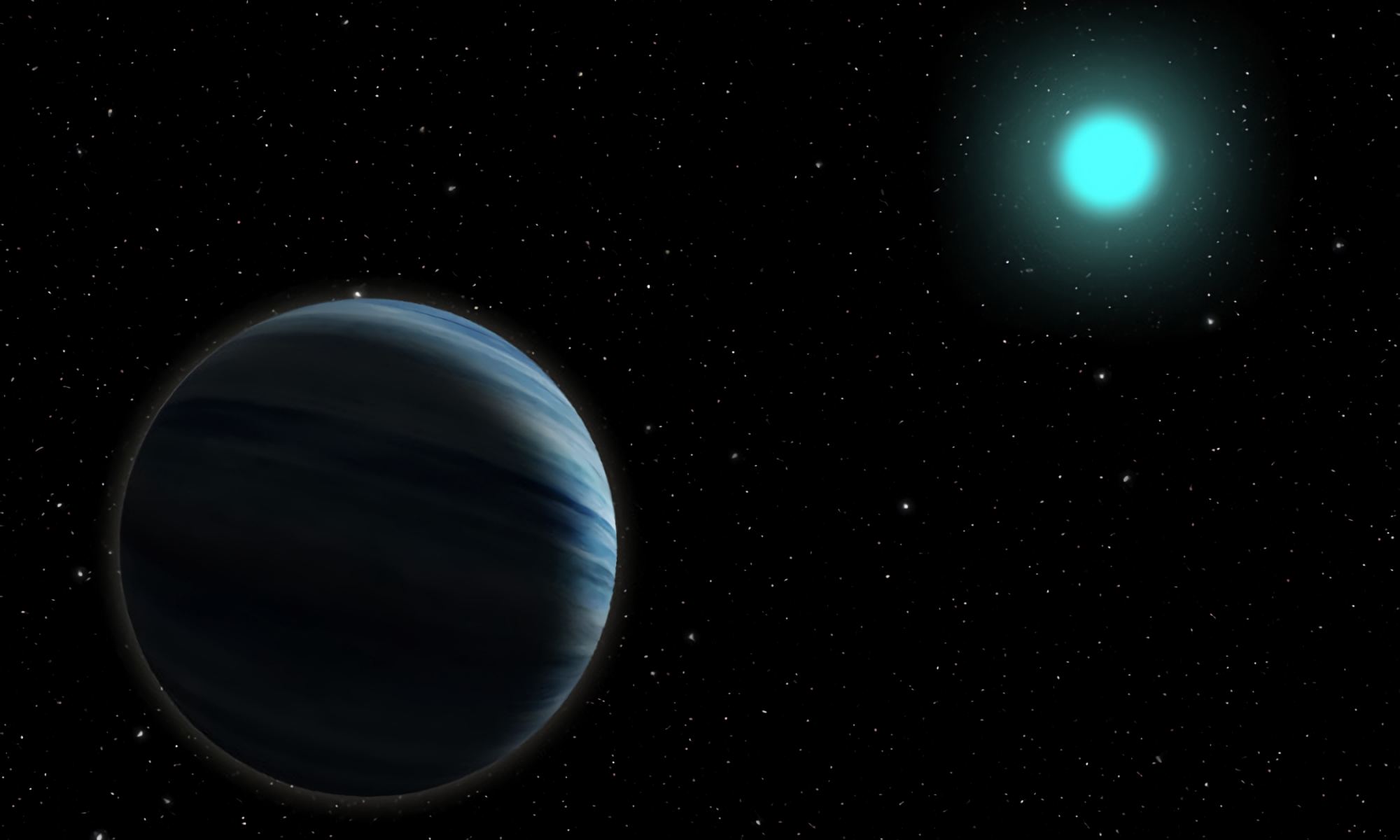In our solar system, we have two types of planets. Small, warm, rocky worlds populate the inner region, while the outer region has cold gas giants. Intuitively this makes a lot of sense. When the solar system was forming, the Sun’s light and heat must have pushed much of the gas toward the outer system, leaving heavier dust and rock to form the inner worlds. Giants could only grow in the cold, dark outer solar system. But we now know our solar system is more the exception than the rule. Many star systems have large gas planets that orbit close to their stars. These hot Jupiters and hot Neptunes are unlike anything in our solar system, and astronomers are keen to understand what they may be like.
One way to study warm gas planets is by looking at the distribution of known exoplanets. Currently, close orbiting planets are easier to detect than more distant ones, so we have plenty of examples of gas planets that closely orbit their stars. But as a recent study shows, there’s an interesting pattern when it comes to Neptune-sized worlds.

Close orbiting warm Neptunes can be found around several stars, including A-type stars, which emit powerful ultraviolet and x-ray light. But these worlds don’t have orbits shorter than about 3 days. In contrast, we know of several hot Jupiters with very short orbital periods. So why is that?
To answer that question, the team looked at how ultraviolet light can interact with the thick atmosphere of a gas planet. A-type stars have fairly short lifetimes of only about a billion years. From their model, the team found that warm gas worlds more massive than about 8 Earths can hold onto their atmosphere for the lifetime of an A-type star, which is why we observe both warm Neptunes and warm Jupiters. But the team also found that “hot” planets with orbital periods of less than a few days would be stripped of their atmosphere if they are less massive than about 14 Earths. So, while larger Jupiter-like worlds have enough gravity to hold on to their atmospheres, smaller Neptune-like worlds don’t. This would explain the “hot Neptune desert,” and why we don’t see many close-orbiting Neptunes around hot stars.
If the team’s model is correct, there should be plenty of rocky worlds orbiting A-type stars. These cores of stripped Neptunes can’t be detected by current telescopes but could be seen by future generations of telescopes. The team would also like to find more hot Neptunes, so they can better understand whether these worlds form close to their star, or whether their orbits shift inward over time.
Reference: Giacalone, Stephen, et al. “HD 56414 b: A Warm Neptune Transiting an A-type Star.” The Astrophysical Journal Letters 935.1 (2022): L10.

